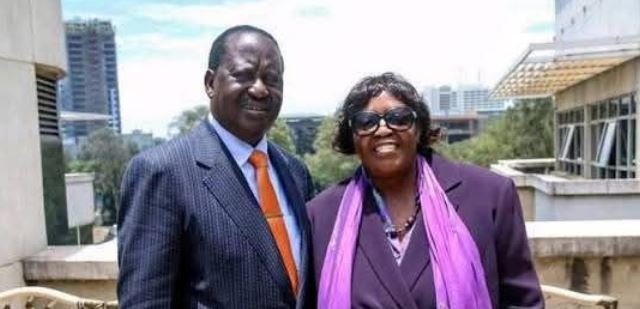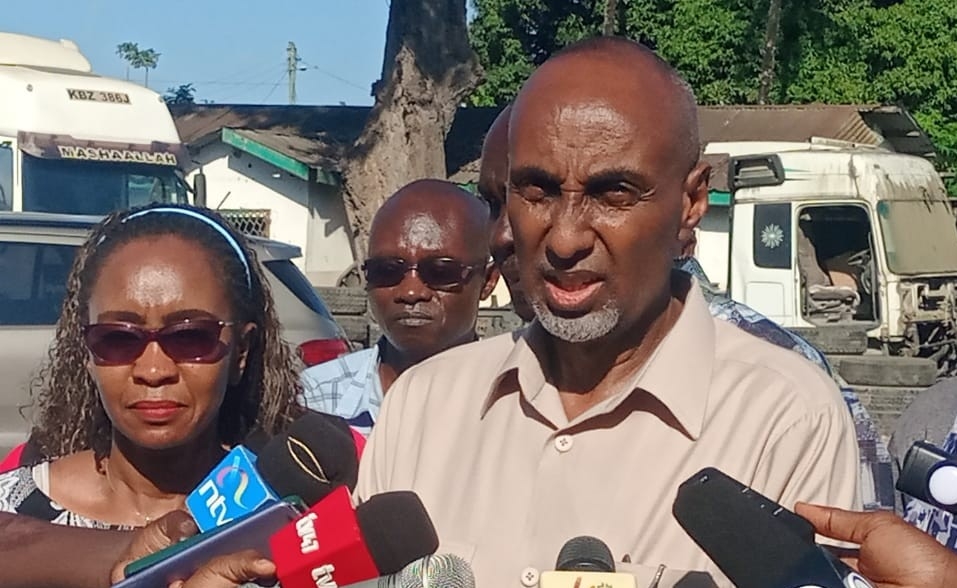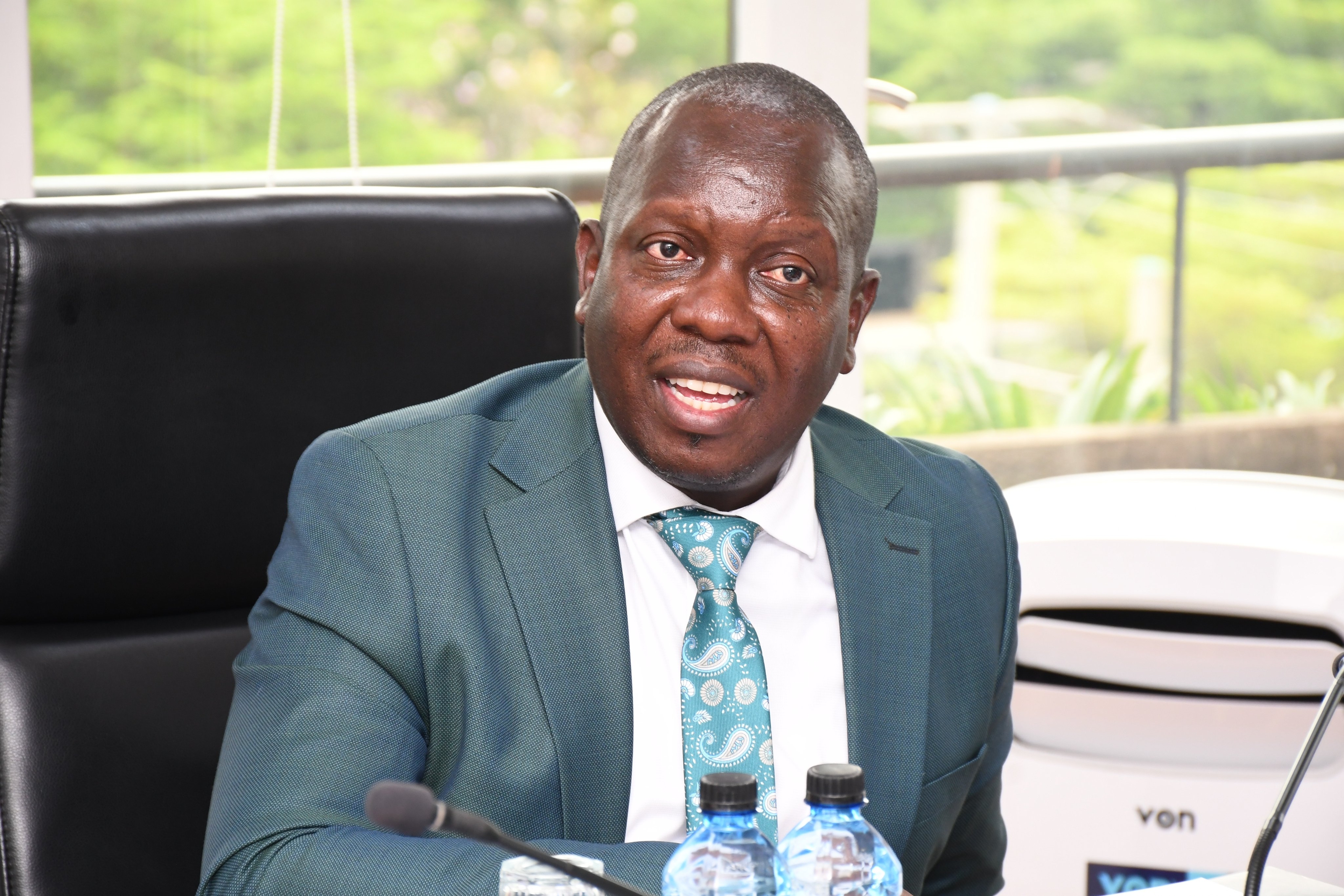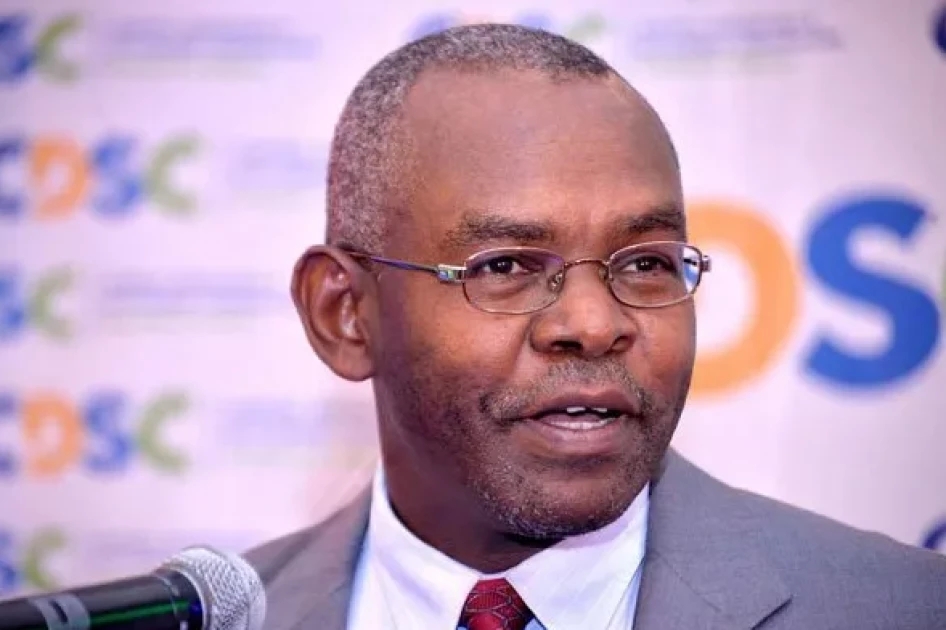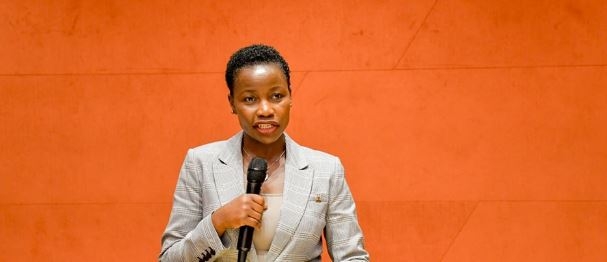Before Kenyan mountaineer Cheruoiyot Kirui embarked on a journey to summit Mt Everest, the Star had a sit down with him during which a wide range of issues were discussed.
From safety concerns to the possibility of succeeding, Kirui exuded confidence that he would conquer Mt Everest without supplemental oxygen.
Here is the story the Star published on March 21, 2024:
Imagine waking up one day and having an irresistible urge to climb mountains.
Cheruiyot Kirui, a banker working with KCB, was in his 30s when he felt the urge to be many metres high.
It was during a work boot camp at Outward Bound Training Centre in Kajiado county, that he developed this passion. The Outward Bound is at the foot of Mt Kilimanjaro.
"We had gone to stay beneath Mt Kilimanjaro and surprisingly that day, it looked very beautiful,” he says with a smile.
Mt Kilimanjaro, standing at 5,895 metres, is a major tourist attraction in Tanzania.
“As we went eating or having discussions or training, Mt Kilimanjaro was there, looking at us. The orange horizon invited me to climb it. Just like that, I embarked on a mission to try mountain climbing,” he says.
“In 2014, I climbed Mt Kenya during the Easter holidays and Kilimanjaro. That was the beginning of my outdoor activities."
He has now climbed Mt Kenya more than 15 times.
"I've lost count. The last two weekends, I climbed Mt Kenya. The next two weekends, I'll be there still. I climb up and down in less than seven hours. It has become relatively easier over the years," he says.
SUPPLEMENTAL OXYGEN
The desire to climb mountains has pushed Kirui to plan to summit the earth’s highest mountain above sea level: Mt Everest.
The mountain, which lies at a latitude of about 28 degrees, straddles the borders of Nepal and China.
There are many possible routes, but most Everest climbers usually choose between two: the south route in Nepal, and the north route in Tibet. For Kirui, Tibet will be his entry point.
Climbing Mount Everest has become a popular expedition.
Summiting Everest requires a lot of experience in mountaineering elsewhere, a certificate of good health, equipment and a trained Nepalese guide.
The snow and ice on the mountain create deadly hazards, such as avalanches, and there is only a limited climbing season due to bad weather conditions.
“Climbing Everest has been done before. I think the only difference is what I'm trying to do, climbing without supplemental oxygen. That has not been done by any African. It's the tough way to climb Mt Everest,” he says.
At 8,849 metres, Everest’s summit has approximately one-third the air pressure that exists at sea level.
This significantly reduces a climber's ability to breathe in enough oxygen. Because of this, scientists have determined that the human body is not capable of remaining indefinitely above 6,000 metres.
The chances of success are much less than when climbing without supplemental oxygen.
“It is riskier than climbing with supplemental oxygen. So you need to be extremely fit. The success rate of climbing without supplemental oxygen is less than 40 per cent,” he says.
“With supplemental oxygen, the success rate is almost 80 per cent. So yes, there are risks, but now you need to be in good physical shape.”
The banker says climbing with supplemental oxygen will be quite easy, and that is not what he wants.
You have to be in really good shape to be able to get to the summit and down before your body shuts down
“The challenge for me would be without supplemental oxygen; otherwise, I wouldn't feel like I've achieved much. So I want to see how my body can cope in such altitude,” Kirui says.
He says the risk will be at the death zone level.
Climbers who ascend higher than 8,000 metres on Mount Everest enter the "death zone".
In this area, oxygen is so limited that the body's cells start to die, and judgment becomes impaired.
“There, your body is not structured to survive with that oxygen concentration, which is around a third of what is at sea level. The idea is that when you are there, you get to the summit as fast as possible and then down before your body starts shutting down or dying, so to speak,” he says.
“That is the area where people use supplemental oxygen. If you have it, then you're compensating for the low oxygen in the environment by using the bottled oxygen.”
He says he would conquer that with him being in good shape.
“You have to be in really good shape to be able to get to the summit and down before your body shuts down,” he says.
NO CONSULTATION
Kirui does not consult anyone when he decides on anything, including on climbing Mt Everest.
“I tend to make the decision and when I bring out the information, it's not for consultation purposes,” he says.
Laughing over this, Kirui says if he is to consult, then it would mean that he cannot achieve much because of what people may think.
“By the time I make that decision, I tend to go through a lot of research. And I know there are risks involved in that undertaking, but I'm not suicidal,” he says.
“But involving other people, they'll look at it differently just because they do not have your experience, so it may not be very objective consulting people who do not have that ambition.”
Kirui says you cannot avoid what family and friends would say, but he intends to come back alive.
“I would want to make it out alive so I will do my research, look at the options available to me, check whether I'm ready physically and gear-wise,” he says.
“By the time I'm committing to something, I have the intention of coming back alive."
He says the alarmist nature of Mt Everest has made people fear the place.
Not everybody is a mountaineer. If they climb Everest, the first thing they'll find out when they do research will be the negative side of the Mountain.
“If you go and google about Climbing Mt Everest, you see news of bodies on the mountain and people dying. You see that's what makes the news. You don't see news of the success stories,” he says.
“Not everybody is a mountaineer. If they climb Everest, the first thing they'll find out when they do research will be the negative side of the mountain.”
According to Alpenglow Expeditions, the human body prioritises giving blood to essential organs (your brain and cardiovascular system) and not digestion.
“It becomes harder to digest, so you want simple foods like carbs and sugars that break down easily, not protein. The Alpenglow crew eats most of their protein in Base Camp,” the website notes.
Apart from being prepared mentally, Kirui says food preparation is a must since the body needs digestibles.
“We need a lot of fluids. You need water, which you melt. The food needs to be easily digestible, like simple sugar, noodles and rice. Meat may not help you because your body may not be able to digest complex foods,” he says.
He says he will take a lot of soups, such as garlic soup, which is a healthy drink that is especially drunk to keep the body warm and prevent altitude sickness.
This soup is also popular among trekkers and is most recommended for beginners.
NEED FOR CASH?
Kirui says all he needs is Sh7.5 million to be able to climb the mountain.
Despite being an expensive undertaking, Kirui says: “I will try and get money and go to the expedition.”
The money will entail a license to the government and expedition costs.
The gear for the mountain, summit gear, climbing boots and gloves can help with low temperatures.
Other needs include sunglasses, eyewear, goggles and medical insurance.
“The costs will be high now that I will spend like 40 to 60 days climbing. I am trying to get corporate sponsorship. It is an expensive hobby but i’m trying all ways to fund the climb from personal sources and I’m also trying to get corporate sponsorship,” he says.
“Life begins at 40, and that is why I am keen on climbing the mountain. I want to start my life with this.”
Kirui will fly to Nepal’s capital of Kathmandu, then cross over to Tibet from where the climb will commence.
Kirui is not just a lover of mountain climbing. He has a passion for running too.
“I joined Urban Swaras running club in 2015 after climbing Kilimanjaro. From then on i am both a recreational runner and mountaineer, though from 2015 to 2018 I was more inclined to running, mostly doing marathons and ultramarathons," he says.
"The thought of climbing the very high mountains, the eight-thousanders, including Everest only is a very recent plan that i first thought about in 2021.”



